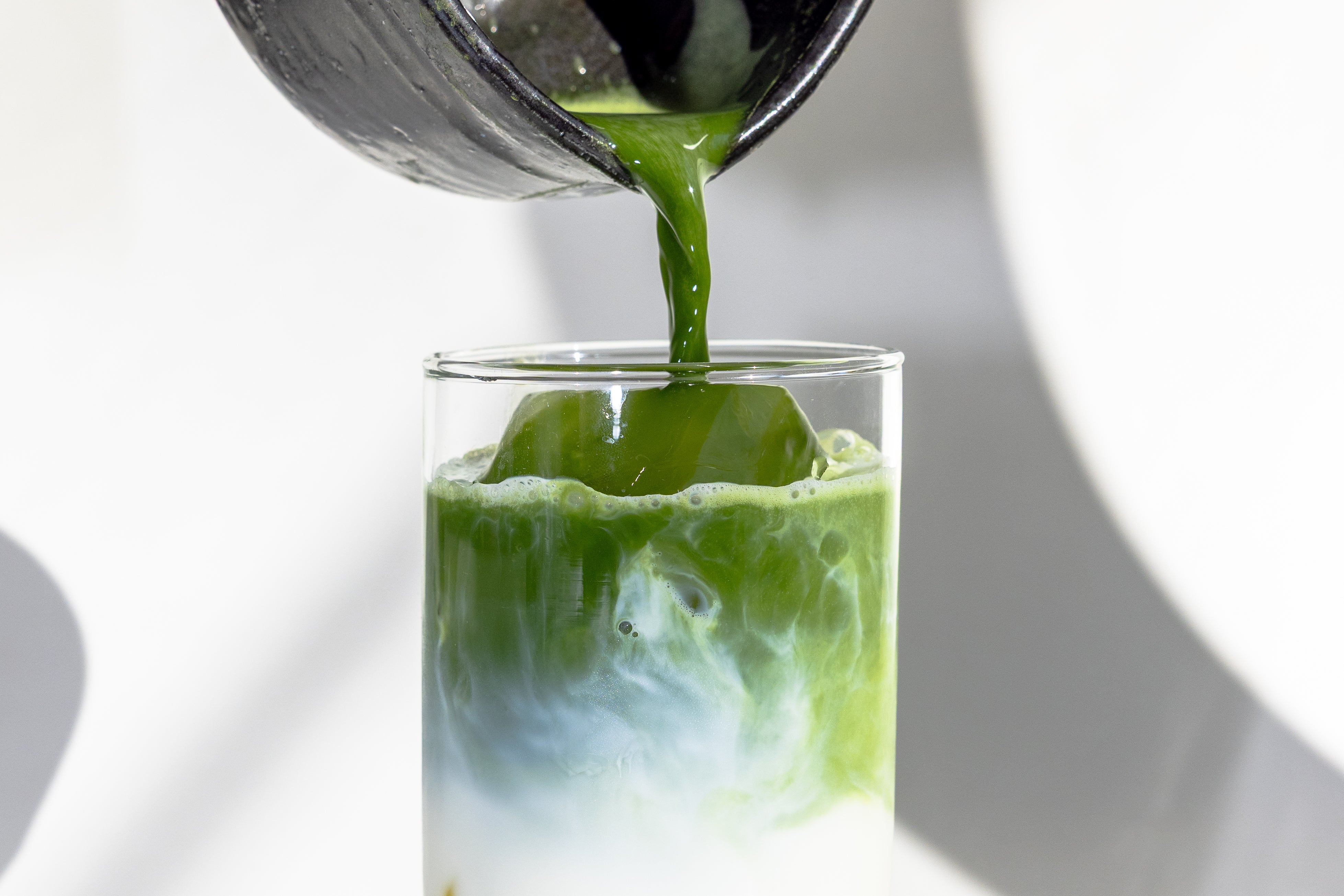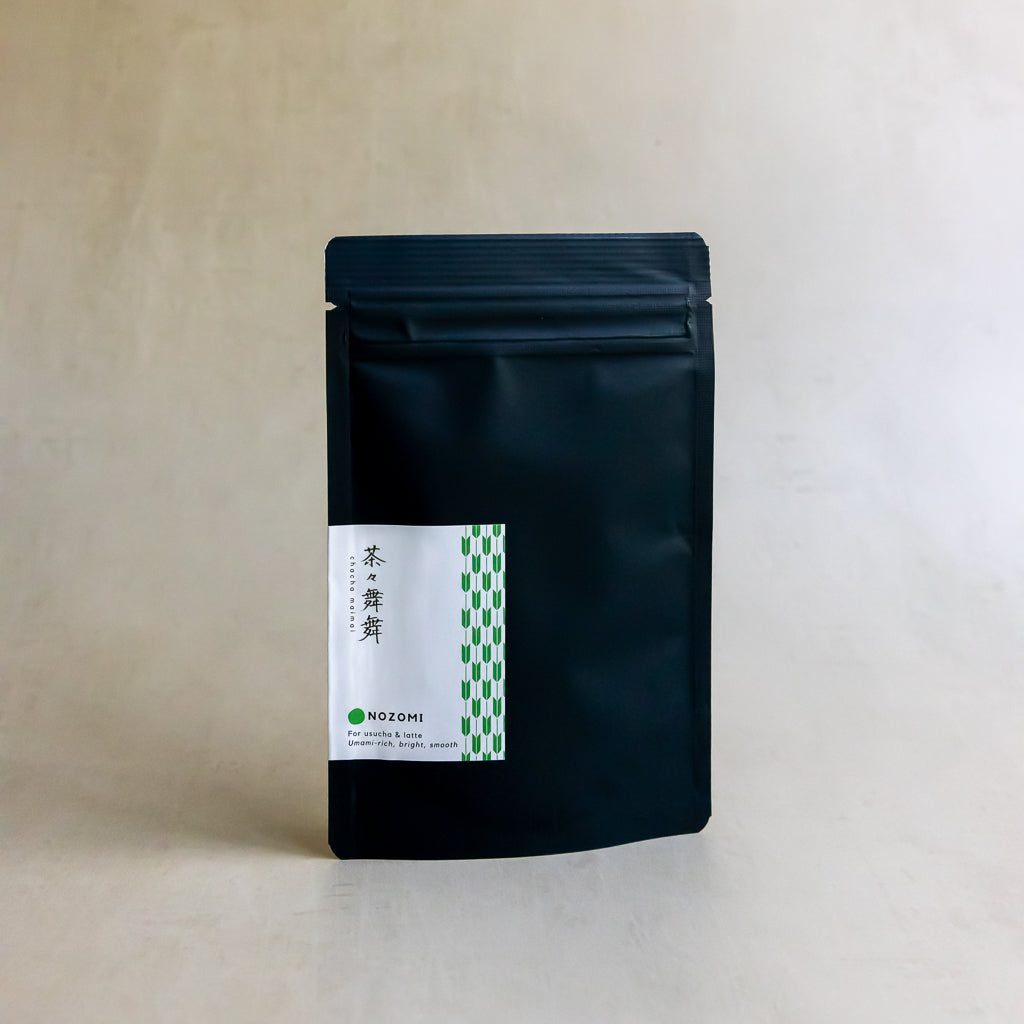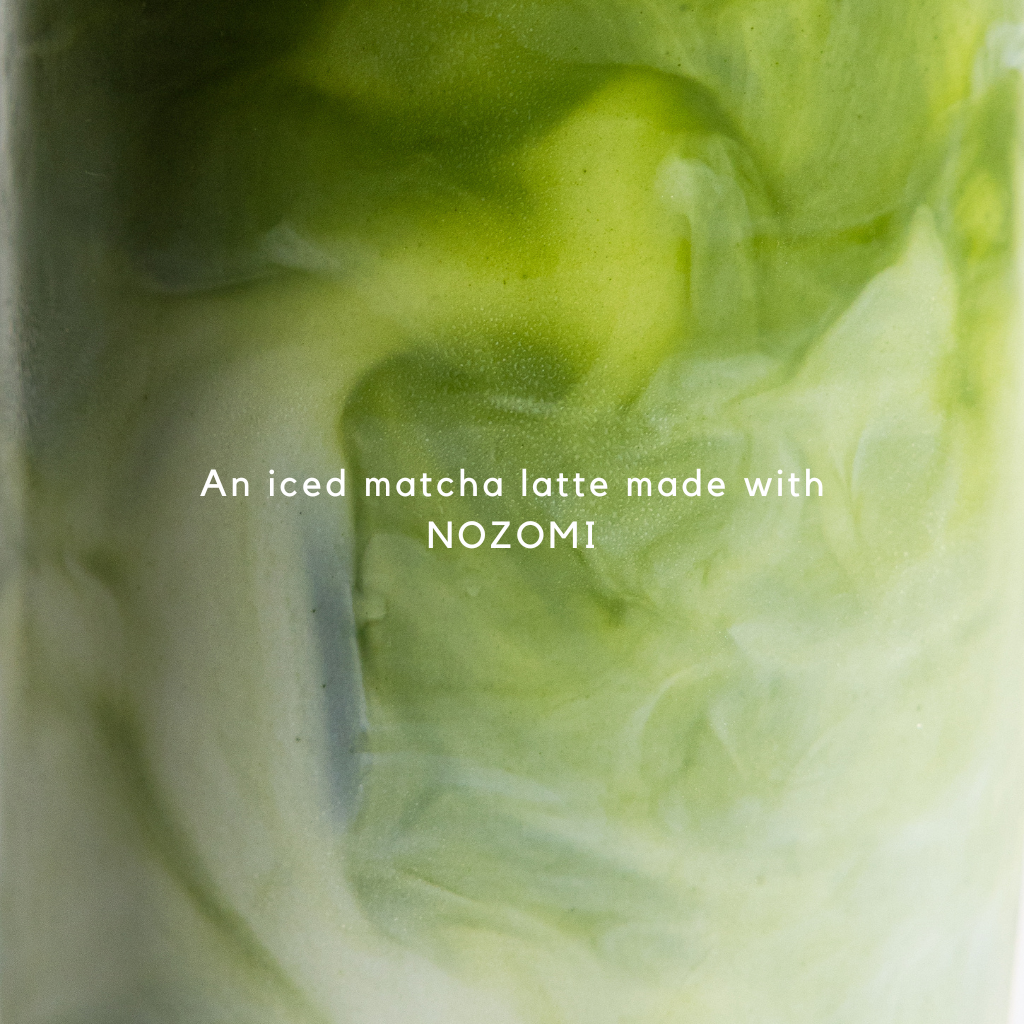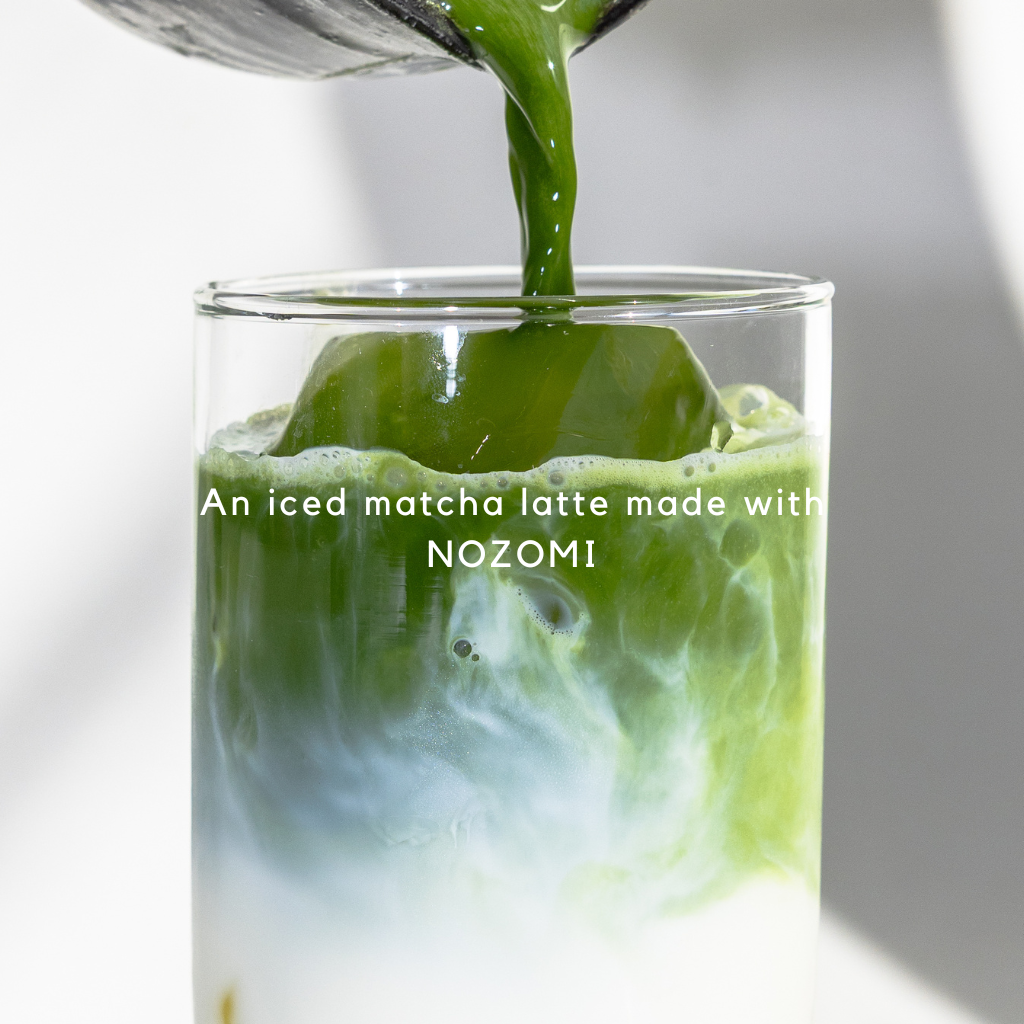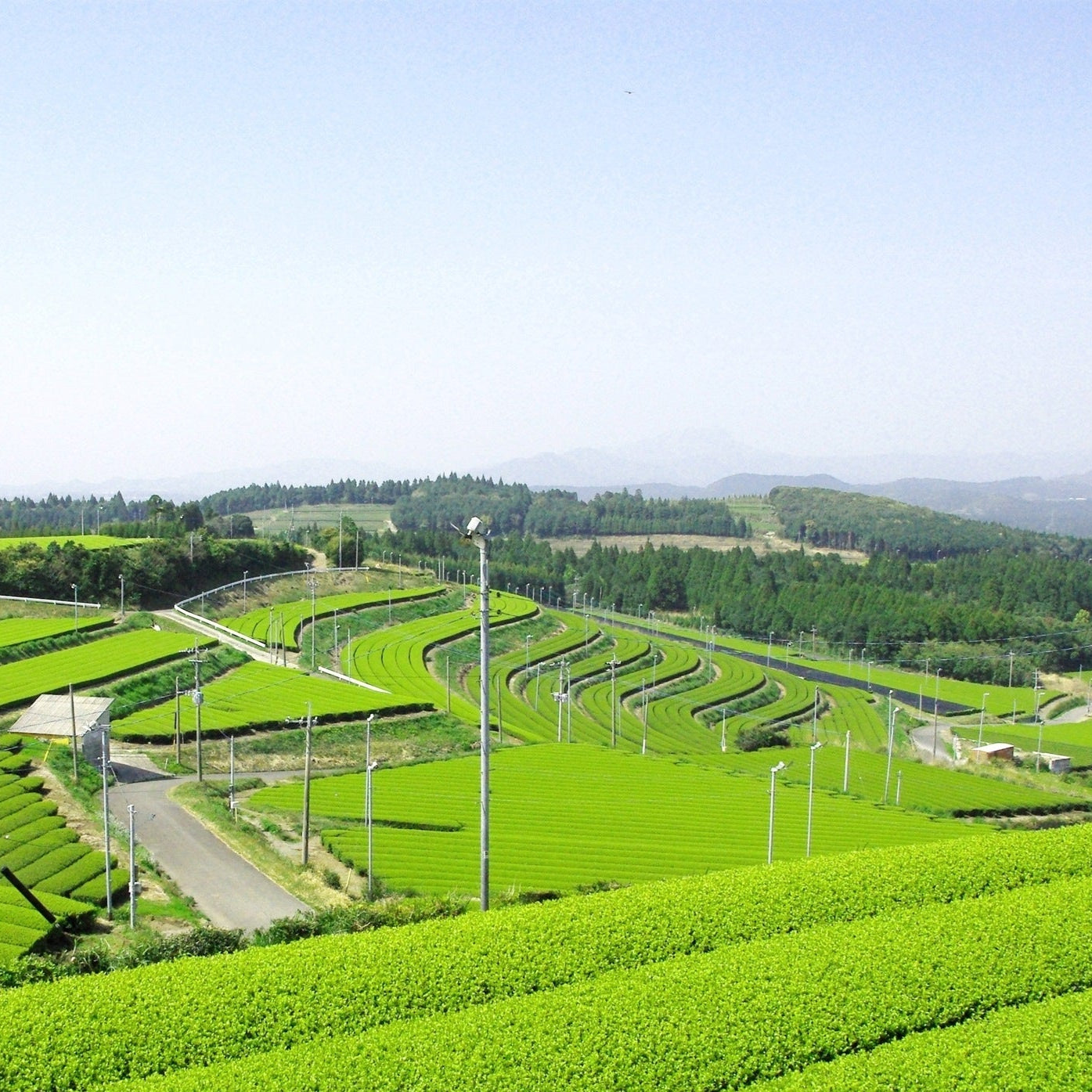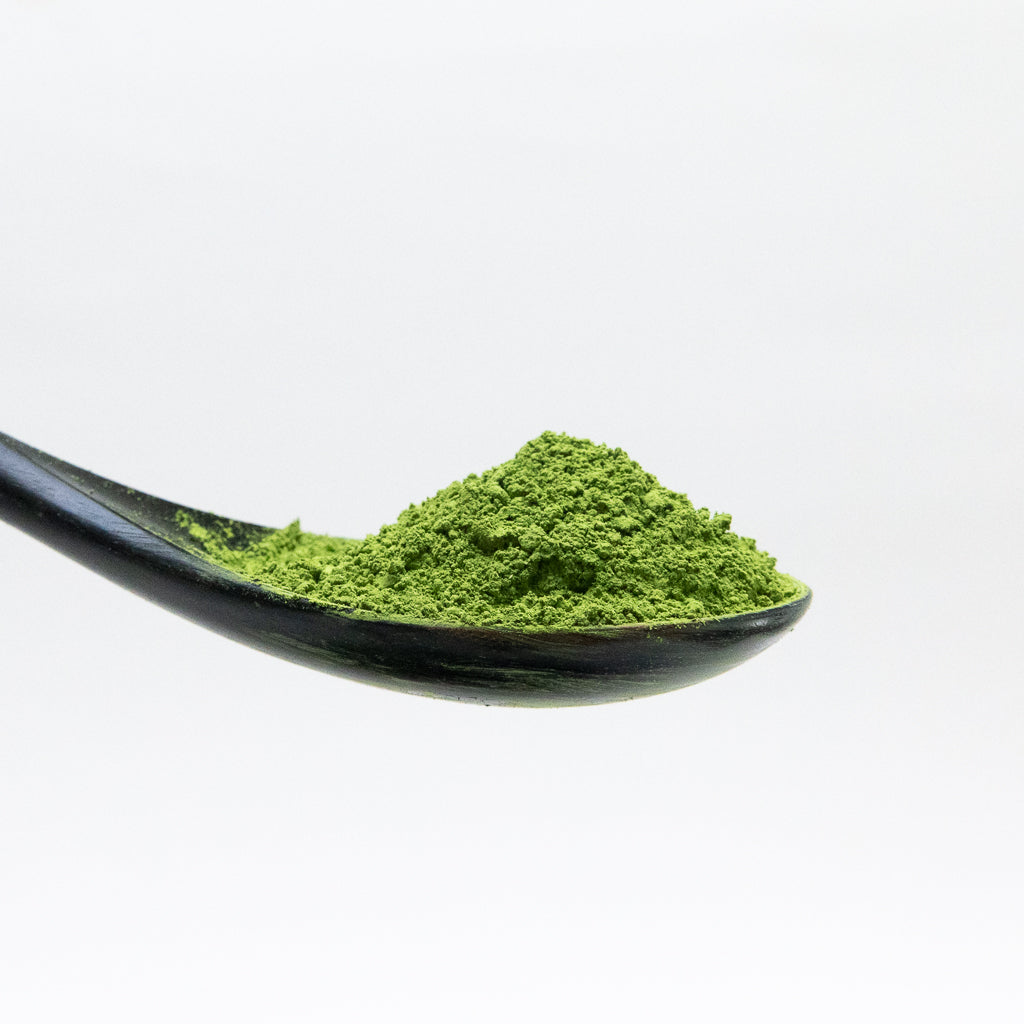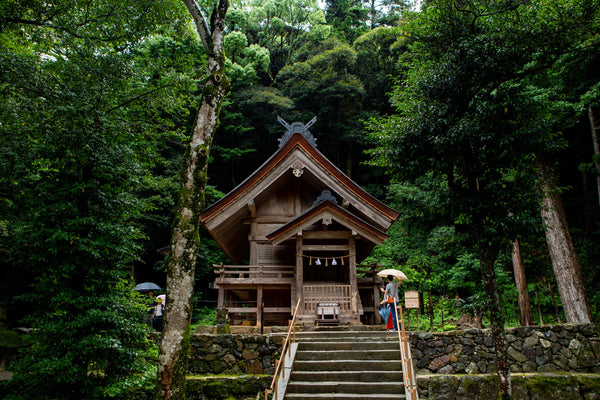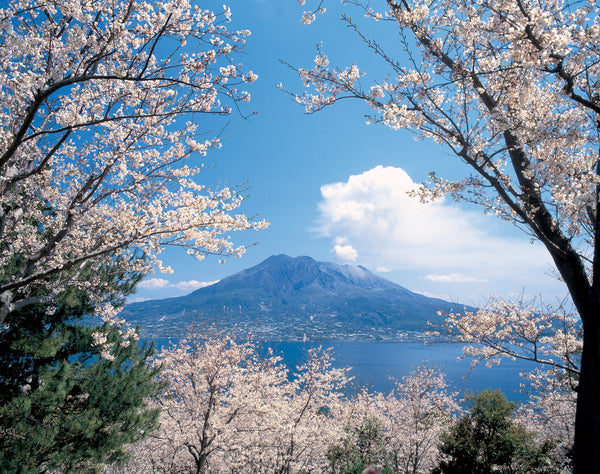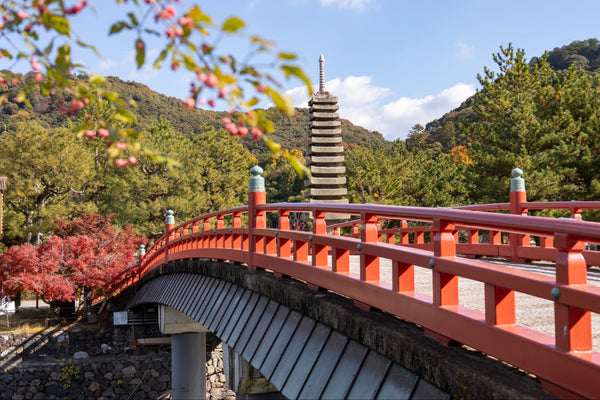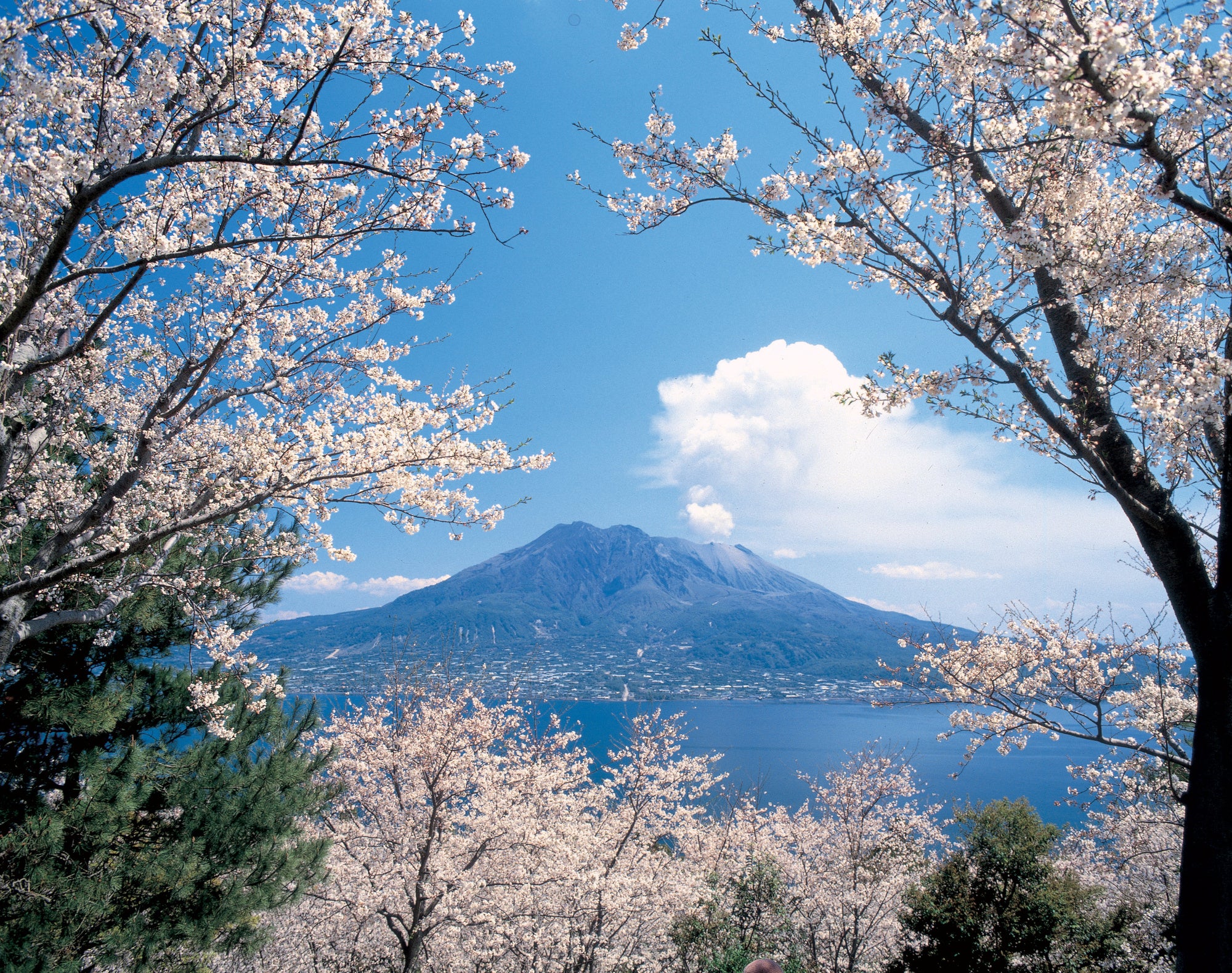
Where Mists and Magma Shape Modern Matcha
Located on the southern main island of Japan, Kagoshima pairs centuries of tea growing with scale, innovation, and a deep respect for nature.
It may come as a surprising revelation for many who associate all matcha with Uji; in 2022, Kagoshima produced 1,392 tons of tencha (the shade-grown leaf used for matcha), making it the top producer in Japan. Today, Kagoshima is recognized as one of Japan's top matcha producers.
The Volcano That Nourishes Tradition
Kagoshima's story begins with its land, watched over by Sakurajima, an active volcano. The gentle ash of Sakurajima has enriched the soil for centuries. Here in Kagoshima, the warm ocean air flows over its lush green hills and abundant forests. The people and culture of Kagoshima are influenced by this landscape, embodying warmth, resilience, and a pride in their history.
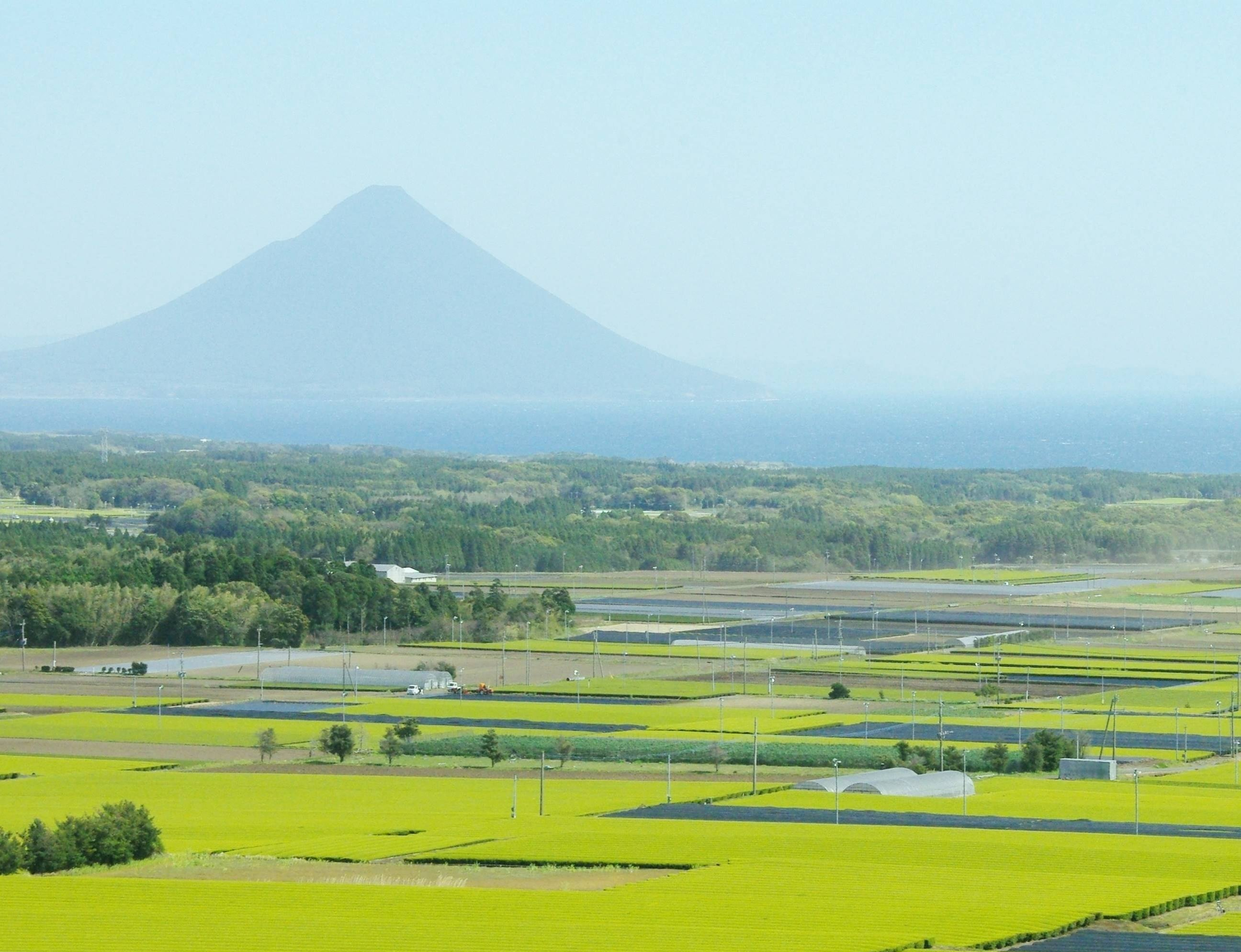
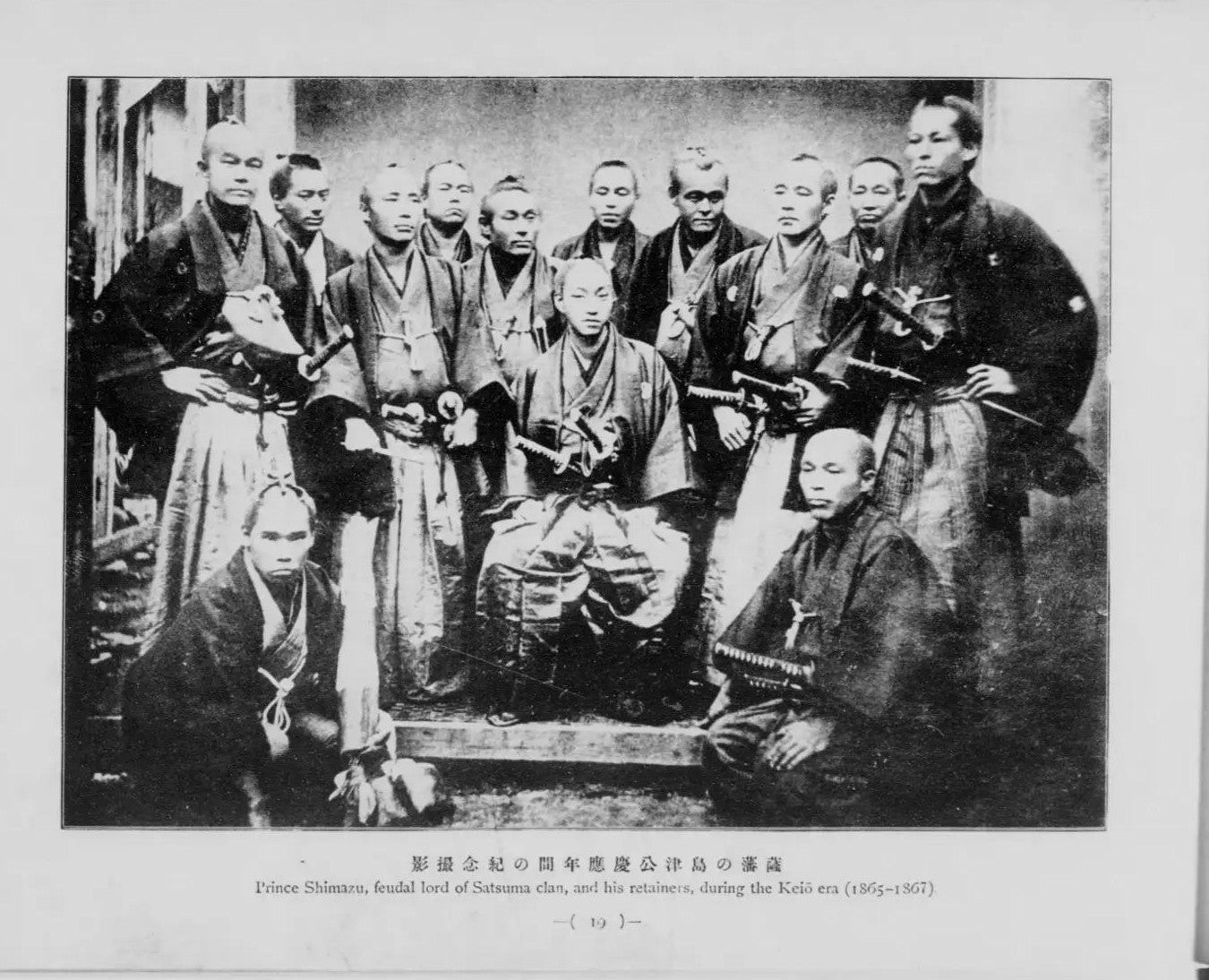
Legends of samurai valor resonate in this area. Long ago in the 1800s, the local lords and samurai guided Japan through a period of upheaval, leaving behind a legacy of strength, loyalty, and innovation, shaping Japan into a modern era.
Today, that proud heritage lives on, and through their traditions, the local dialect, and its tea culture.
A Tea Culture Rooted in History
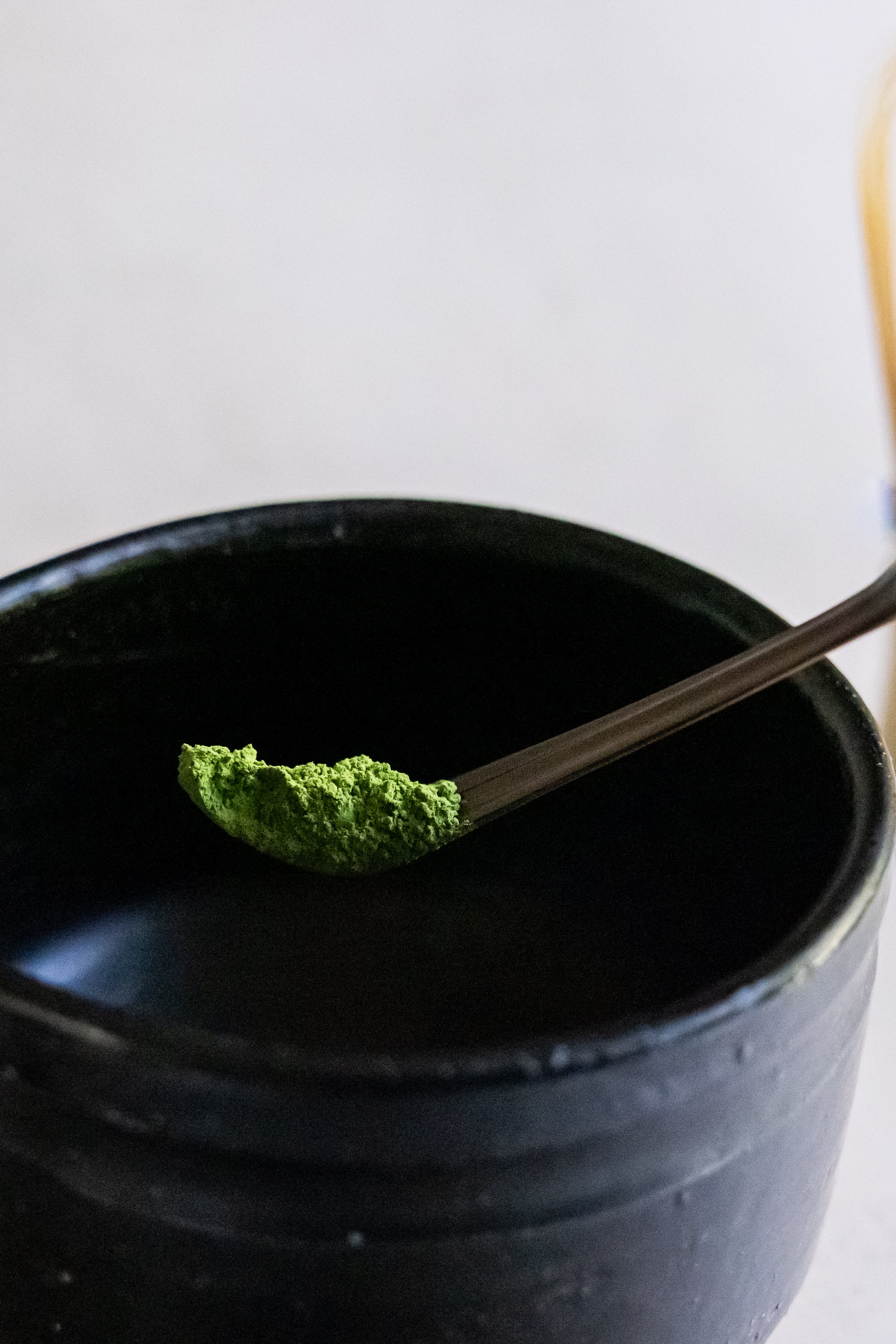
Tea has been an integral part of Kagoshima for centuries. One legend claims that a Heike samurai refugee planted the first tea plant 800 years ago; another credits a temple that ordered tea seeds from Kyoto's Uji region in the 15th century. By the Edo period, the ruling clan was actively encouraging tea cultivation throughout the area.
Over the years, Kagoshima developed its own tea traditions. For example, local women once trained in serving sencha tea, music, and dance to welcome guests at festivals and gatherings.
Even today, there is a phrase used to offer tea to family and guests, that one mustn't rush and drink a cup of tea before going their way. Despite the challenges posed by war and a shift in tea production, Kagoshima's tea culture has only grown stronger.
Volcanic Soil and Sunlit Tea Fields
Kagoshima's tea grows in a terroir unlike any other. While many other tea regions harvest two or three times a year, Kagoshima often experiences four, sometimes even five flushes in a single season. At times, tea farmers must brush off volcanic ash from the leaves by hand. These mineral-rich volcanic soils, combined with a warm subtropical climate and a long growing season, create ideal conditions for tea plants.
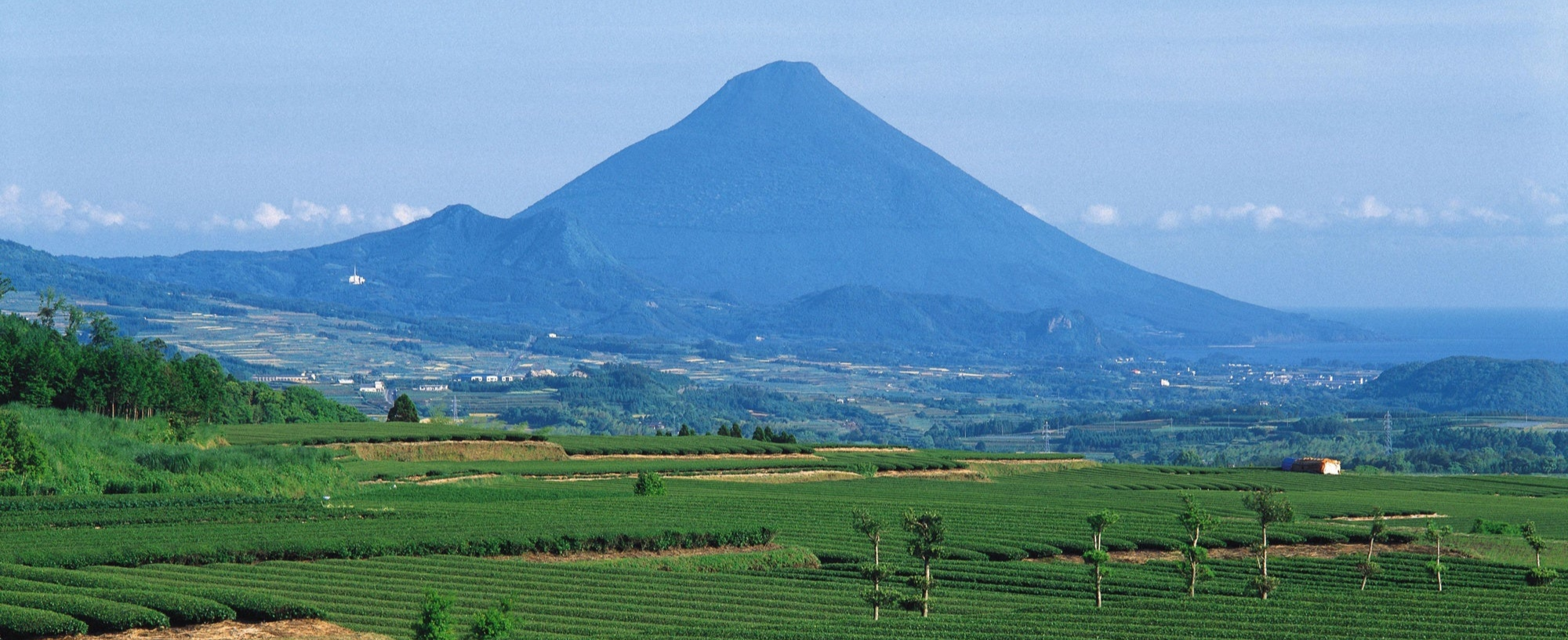
Thanks to the abundant sunshine and mineral-rich soil, matcha harvested in Kagoshima is celebrated for its fresh, smooth, and sweet flavor profiles with minimal bitterness. Additionally, Kagoshima's tea farmers have diversified far beyond the common Yabukita cultivar to over a dozen varieties, such as Yutakamidori, Saemidori, and Asatsuyu. By blending these cultivars, they create matcha with balanced aroma, sweetness, and umami.
The exceptional flavor reflects the region's sun, soil, and the care of the farmers. It's no surprise Kagoshima is now Japan's second-largest tea producer.
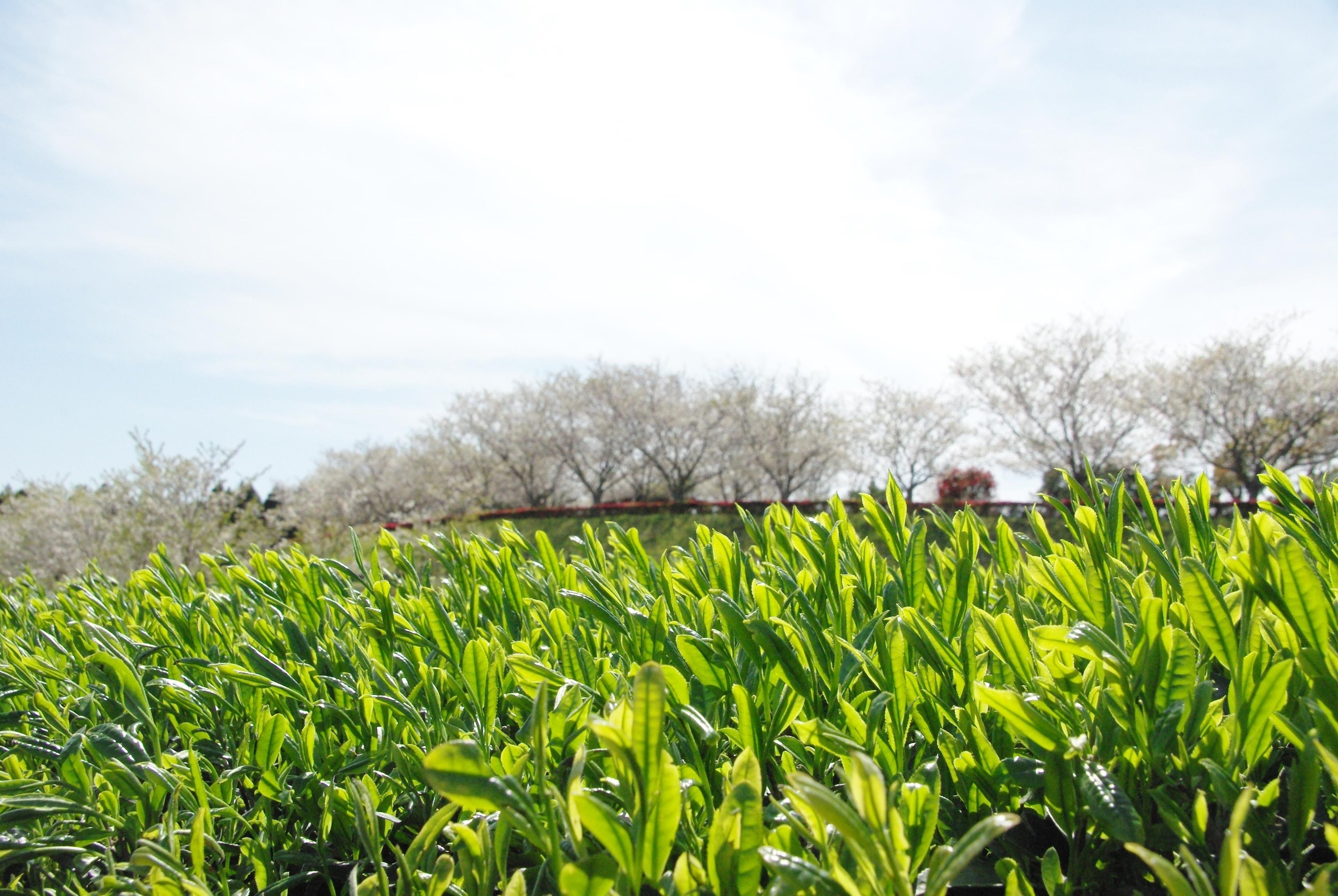
Experience the Spirit of Kagoshima
Whether you're a longtime matcha practitioner or just starting your matcha journey, we invite you to experience Kagoshima through its gift of nature, dedication, and heritage.
Experience Kagoshima's spirit through a bright cup of matcha.
